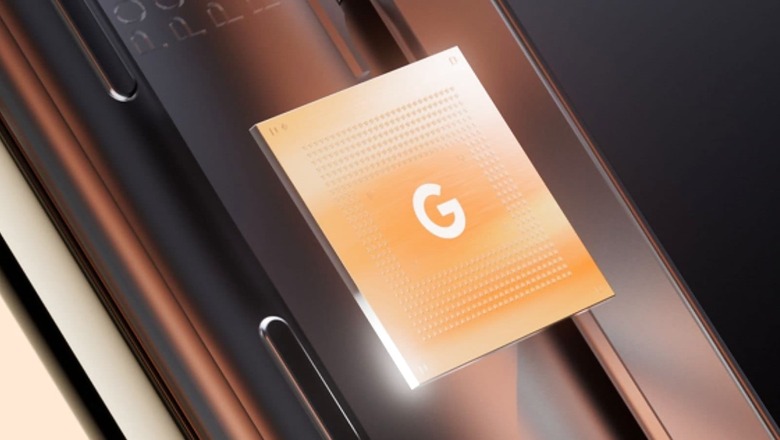
views
The big announcement from Google wasn’t the confirmation that the Pixel 6 and the Pixel 6 Pro phones are coming later this year. Look a bit closely and you’ll see there is a massive underlying change that’s been talked about. Google is no longer buying processors from Qualcomm, the world’s largest smartphone chip maker. Instead, they’ll be rolling out their own silicon, called Google Tensor. This means that two of the biggest tech brands, Apple and Google though at different ends of the smartphone market share spectrum, now don’t rely on Qualcomm for smartphone processors. Qualcomm stock prices dipped to close the day at $148.85, down from $153. The company though insists that they will continue to work closely with Google, and Snapdragon chips are integral to that.
Google will be following Apple on the path to making their own processors for their own products, a need that is perhaps borne out more because there may be a limitation as to what the options available in the market can do. Apple felt that the Macs couldn’t fulfill their potential with the Intel processors, and hence the Apple Silicon was developed. The first-generation Apple M1 has been scorching the performance charts, leaving behind the very best and the latest generation chips that Intel has to offer, at this time. Google saw that and saw opportunity. And limitations with what’s available in the market. The Google Tensor will also use an Arm-architecture and that’ll allow them to leverage the lower power requirements with more powerful performance per watt of power, and a wide application range including smartphones, tablets, convertible computing devices and laptops.
It is expected that the Pixel 6 and the Pixel 6 Pro phones will be released sometime in October. The Google Tensor SoC, or System on Chip, will be key to unlocking what Google has focused on extensively with the previous few generations of Pixel phones—artificial intelligence and machine learning. AI and ML, to put that in short. Google insists that ML will unlock specific experiences for Pixel phone users. As you’d expect, details for that remain under wraps for the moment. There is also talk of how Tensor will tie in seamlessly with the computational photography that the Google Camera uses for photos and videos as well as the new security core and Titan M2 which they claim will mean the “Pixel 6 will have the most layers of hardware security in any phone”.
Tie this in with MediaTek’s aggressive cornering of the Rs 25,000 to the Rs 35,000 price band for Android smartphones. Three of the most high-profile phone launches, the OnePlus Nord 2, the Poco F3 GT and the Realme X7 Max 5G all run the MediaTek Dimensity 1200 chip or slight variations of that specifically in the Nord 2. And that allows these phones to offer a flagship-esque phone experience, which in a way allows this to match up to Qualcomm’s Snapdragon 8 series chips that power much more expensive flagship phones. And also leaves the Qualcomm 7 series chips, which otherwise powered phones around the Rs 30,000 price mark, far behind in terms of performance and longevity.
It will be a big task for Google to market the new Pixel 6 and the Pixel 6 Pro phones. There is the sense that it hasn’t been done the way it should have, or at least to the extent that it should have been, with the previous generations of Pixel phones. As the new phones roll out later this year, 8 countries will get the first wave of the sales—US, UK, Australia, Canada, France, Germany, Japan and Taiwan. No word yet on when more countries will be added to this list, or when or of at all, the new Pixel phones will launch in India.
Read all the Latest News, Breaking News and Assembly Elections updates here.




















Comments
0 comment